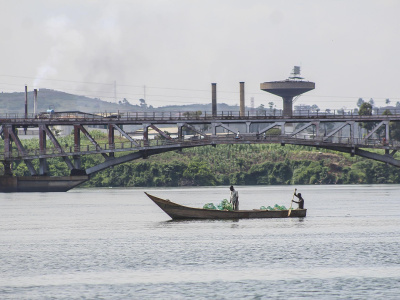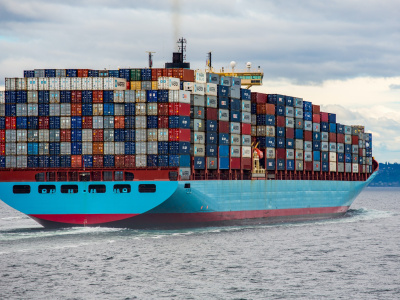
The promise of the African Continental Free Trade Area (AfCFTA)
Opportunities and challenges of the AfCFTA for manufacturing, agriculture, services and the digital economy.
Summary
Trading under the African Continental Free Trade Area (AfCFTA) is set to begin on 1 January 2021. So far more than 30 countries have ratified the Agreement, which aims to connect 55 countries, creating a market of 1.3 billion people. The hopes and aspirations attached to the AfCFTA – for trade, industrialisation and addressing the effects of COVID-19 – place it high on the agendas of African policymakers, but also of their partners who support the process. This paper provides an overview of some of the potential opportunities and benefits of the AfCFTA, particularly in relation to manufacturing, agriculture, services and e-commerce, but also of the challenges involved in moving from agreement to impact.
The AfCFTA promises a virtuous circle of greater market opportunities, triggering more trade and investment, and allowing greater value addition and productivity growth – leading to more and better jobs with social inclusion, and thus further enlarged markets. But for the full benefits of the AfCFTA to accrue to African countries and citizens, numerous additional policy enablers – measures, reforms and investment – are also key, not least in infrastructure, transport corridors and logistics, as well as to improve the business climate in African countries.
Despite high-level political momentum around the AfCFTA, its ultimate success depends on African states not only ratifying, but fully implementing and complying with the AfCFTA, while also investing in the necessary enablers. As such, the political economy dynamics around the AfCFTA between and within countries and sectors are key to understanding how and where most impact will be felt, and therefore where and what kind of external support is necessary and useful.
Photo courtesy of Paul Kagame via Flickr






